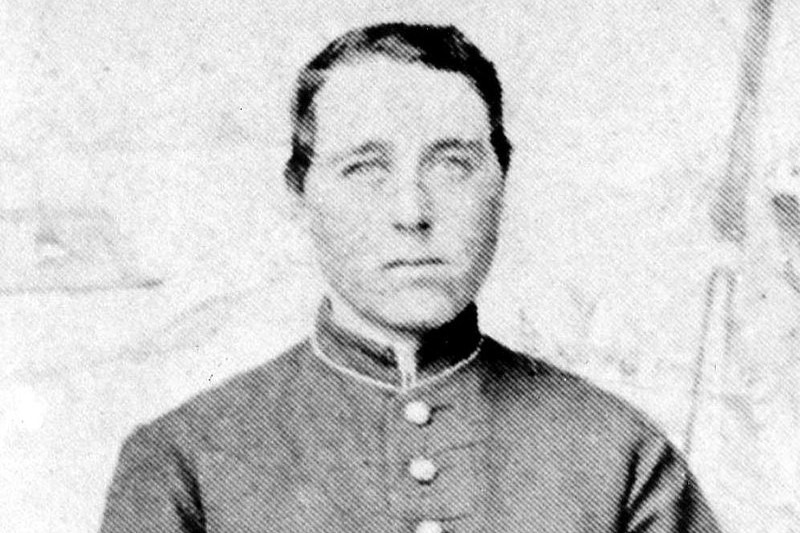Table of Contents
Who is Albert Cashier?
Albert D. J. Cashier, born as Jennie Irene Hodgers on December 25, 1843, was an Irish immigrant who made a significant impact during the American Civil War. Born in Clogherhead, County Louth, Ireland, Cashier relocated to the United States before the outbreak of the Civil War. Choosing to live as a man, Cashier enlisted in the Union Army and served with distinction. He continued to live as a man for the majority of his life until declining health in his later years led to his placement in the Soldiers and Sailors home in Quincy, Illinois. It was here that his female anatomy was discovered, leading to a transfer to the Watertown State Hospital for the Insane, where he passed away on October 10, 1915.
What made Albert Cashier famous?
His rise to fame was rather unconventional. At the tender age of 19, he adopted the persona of Albert D. J. Cashier, a male identity, which allowed him to join the Union Army. He demonstrated his bravery and resilience by serving in the 95th Illinois Infantry, Company G for three years, during which he was involved in nearly 40 battles and skirmishes. Despite the intimate living conditions, his fellow soldiers remained oblivious to his biological gender. Post-war, he maintained his male identity, working as a farmhand and later as a church janitor. His true identity remained concealed until 1911 when an accident led to a medical examination, revealing his secret.
Is Albert Cashier trans?
Albert Cashier gained prominence due to the unique circumstances surrounding his life and identity. Known as one of the women who assumed male identities to participate in the Civil War, Cashier’s enduring identity as a man throughout his life has sparked discussions, leading some to consider him as possibly a transgender man in light of modern interpretations of gender identity. His life story has been honored in various ways, such as a 1977 headstone bearing both his names. Therefore, Cashier’s life story serves as a crucial part of the history of gender identity and sexual orientation, challenging traditional gender roles and identities and prompting discussions about the nature and societal recognition of gender identities.


